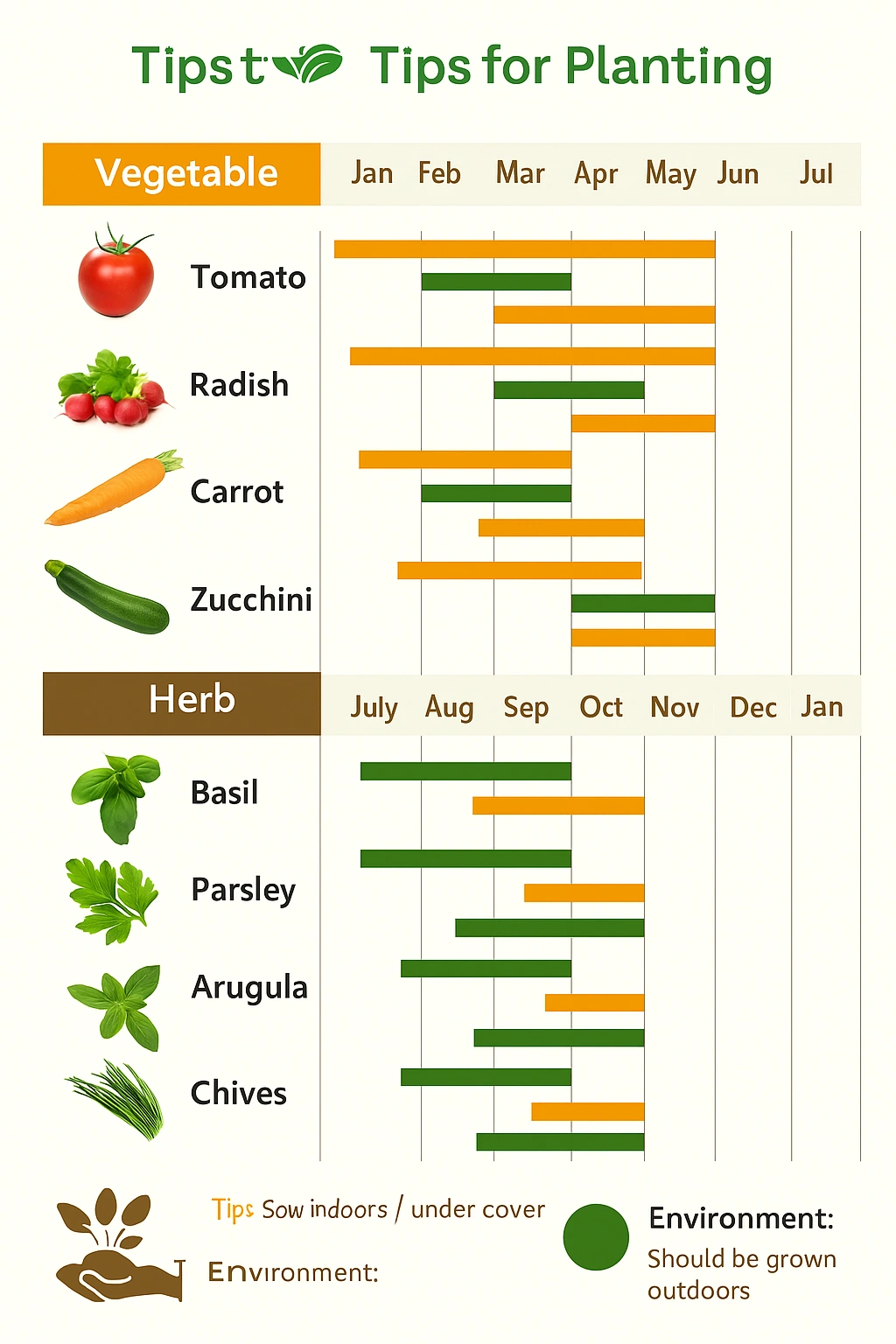As cities grow denser and global food systems become increasingly fragile, a quiet but potent movement is taking root across rooftops, balconies, and backyards: micro-farming. Once considered a fringe trend, this form of decentralized agriculture is rapidly becoming a cornerstone of urban resilience and a symbol of sustainable living in the 21st century.
From Berlin to Brooklyn, micro-farming—also known as urban micro-agriculture or nano-farming—is transforming how city dwellers think about food, space, and community. It involves the cultivation of vegetables, fruits, herbs, and even fish or mushrooms in compact urban environments, often using innovative technologies like hydroponics, vertical gardening, or AI-driven irrigation systems.
A Response to Supply Chain Fragility
The COVID-19 pandemic and subsequent geopolitical tensions exposed the vulnerabilities of global food supply chains. Coupled with rising food prices, climate-related disruptions, and land scarcity, these challenges have pushed many urban residents to rethink the idea of food security. Micro-farming offers a highly localized solution: resilient, scalable, and adaptable to nearly any urban layout.
Recent surveys across major European cities show that nearly 15% of households engage in some form of self-sufficient food cultivation. In cities like Copenhagen and Amsterdam, that figure is even higher. The European Commission estimates that urban agriculture contributes to the food needs of over 100 million Europeans annually.
Technology-Driven Growth
What distinguishes today’s micro-farming from the community gardening movements of previous decades is its integration with technology. Indoor LED grow systems, app-controlled irrigation, and AI-monitored crop health are making it possible to farm lettuce in a closet or grow tomatoes on a fifth-floor balcony with remarkable efficiency.
Vertical farming modules, once exclusive to research labs or startups, are now being marketed directly to consumers. One leading manufacturer reported a 300% year-over-year growth in sales to residential customers since 2022.
Additionally, municipal governments are beginning to integrate micro-farming into urban development plans. Some cities offer tax incentives for green roofs or provide grants for community-supported agriculture (CSA) projects in densely populated areas.
Economic and Social Impact
Beyond food production, micro-farming delivers measurable social value. It enhances food literacy, promotes mental well-being, and builds stronger community bonds. Schools, nursing homes, and even correctional facilities are integrating small-scale farming into their daily routines as a tool for education and rehabilitation.
Financially, micro-farming can also ease the burden on lower-income households. While initial setup costs vary, the return on investment—particularly for leafy greens and herbs—can be significant over time. In some neighborhoods, residents have formed micro-agriculture co-ops to distribute yields and share equipment.
Ecological Benefits and Challenges
The environmental upside is equally notable. Urban farming reduces the need for packaging, long-haul transport, and cold-chain logistics. It also contributes to urban biodiversity and mitigates heat island effects when integrated into rooftop ecosystems.
However, challenges persist. Contaminated soil, limited sunlight in dense urban zones, and legal restrictions around animal husbandry remain barriers. Moreover, without proper regulation and education, the use of pesticides or energy-hungry indoor systems could undercut sustainability gains.
A New Urban Lifestyle
At its core, the rise of micro-farming signals a cultural shift—away from consumer dependency and toward participatory living. It embodies a vision of cities not as concrete jungles but as living, breathing ecosystems that can feed, heal, and empower their inhabitants.
As the urban population worldwide is expected to surpass 70% by 2050, the question is no longer whether cities will produce food, but how intelligently and inclusively they will do it. Micro-farming is not just a trend—it’s a cornerstone of urban transformation, one seed tray at a time.






